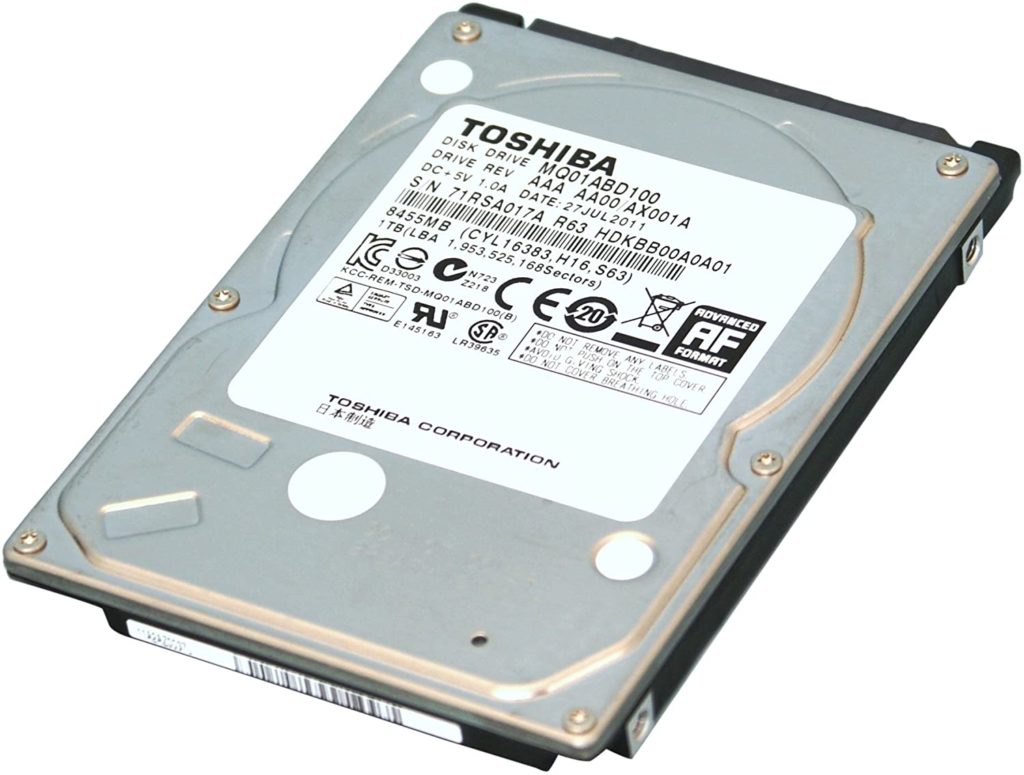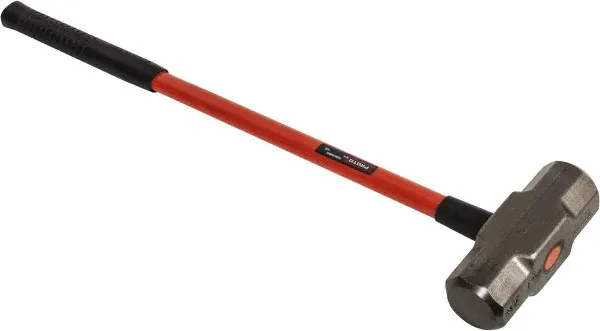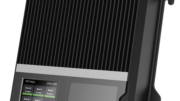Do you “e-cycle?” In some states, it’s the law. Even if it isn’t, turning in your old gear for responsible recycling makes sense. Not only does it make room in your house for new gear, but it keeps harmful chemicals out of the ground and reduces the cost of new electronics by harvesting copper, gold, and steel to be re-used.
But, we know that so many of our devices have our personal information in them. How can you feel comfortable letting go of these things? I’ll tell you what I do. If it makes sense, you do it too.
First of all, identify things with your personal information
Not everything you recycle is going to be a problem. If you’re getting rid of a radio, a printer, a microwave oven, these things won’t come back to hurt you. While it’s technically possible for some personal information to be harvested, it’s not going to happen in reality.
If you are worried about it, try to factory-reset devices before you get rid of them. It’s very hard to get Bluetooth or Wi-Fi information from a recycled device, but it’s not impossible. If that sort of thing worries you, you can generally go through some sort of factory reset procedure.
Recycling PCs
Your used PC can go to a lot of charitable organizations if you want to go that route. Generally, if the computer is still usable, you can reset it to original factory standards. This doesn’t erase everything on it, but as the device is used, old data will be written over. A reputable charity won’t be a problem here. They’re not going to go to great lengths to retrieve your info.
However, if you’re like me you probably use a computer until there’s pretty much nothing left to it. In that case, recycling it is possible and only takes a little time. The key is finding the hard drive.
In most of today’s computers, the hard drive is a black box about the size of half of a deck of cards. It looks something like this:

In even older computers, the hard drive looks similar but will be about the size of a paperback book. Take it out and put it aside for now.
Taking apart a traditional computer generally takes nothing but a screwdriver. Taking apart a laptop can be harder, and if you don’t see any screws, look under the rubber feet.
Remember that you don’t have to be too careful taking stuff apart, it’s not like it’s going to be put back together and work again. It’s totally ok to deliver an old computer to recycle in a trash bag. I’ve done it.
Phones and tablets
If your phone still works, you should definitely donate it to a charity that will refurbish it and give it to someone who needs it. If it doesn’t work, it may be impossible to get information off it using traditional means. I’ll get to how to deal with that in a minute.
Before you recycle or donate a phone or tablet, look for a way in the settings menus to reset it to factory specs. All Apple products and most high-end Androids do this very securely so you don’t have to worry about any information getting stolen.
Other stuff you might have around
In general, anything you recycle should be free of all personal information. If you’ve put a label on it with your name, take it off. Look for memory cards or something else you can take out and keep.
If there are visible serial number stickers, try to peel them off. It’s not common that those things can be traced back to you, but why take a chance?
How to deal with hard drives and memory cards
The most secure thing you can do with the memory cards and hard drives that you harvest from your devices is to keep them. Just throw them in a box and keep them forever. It won’t take up too much space.
If you would like to make sure that no one can get your personal info, you can generally open up the hard drive. You may need some security bits but you can get those at a home store. Take out the metal platter inside. You can scratch it, scrape it up, or just keep it since it doesn’t take up much space. I use mine as coasters.
Memory cards can sometimes be shredded, or just take a hammer and chisel and punch some nice big slots in the middle of them.
Or…

A sledgehammer will generally do a pretty good job destroying things to the point where you can’t fix them. Put whatever you have into a paper bag so that none of the harmful stuff gets out. Then pound away until the bag sounds like a salt shaker. I guarantee it will be the most fun you have with your electronics all day.
This works on phones and tablets too, if you aren’t going to continue using them. Again put them in a bag, because not only is there harmful stuff but there’s glass there.
When you’re ready for new stuff…
Shop at Solid Signal for everything you need to live your best digital life!





